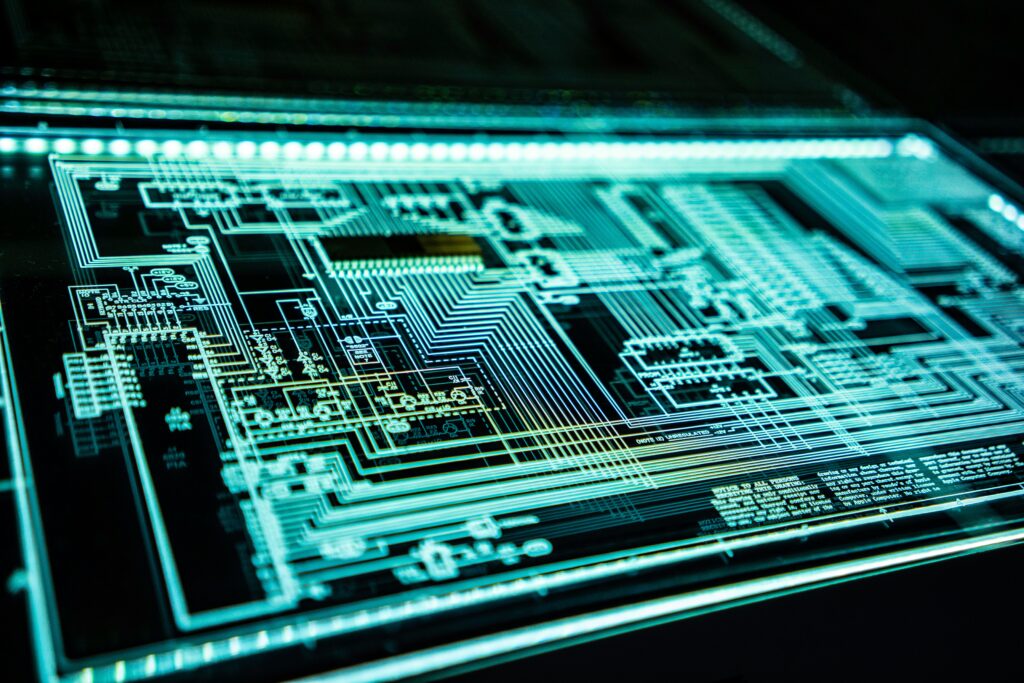The technological frontier is witnessing a profound transformation as artificial intelligence migrates from distant cloud servers directly into the devices we hold, wear, and live with. This shift is powered by revolutionary advancements in specialized processors, commonly known as AI chips or Neural Processing Units (NPUs). These aren’t merely faster general-purpose CPUs; they are silicon masterpieces designed from the ground up to efficiently handle complex AI and machine learning tasks right on the device, ushering in an era of “on-device AI.”
The Dawn of On-Device AI: More Than Just Processing Power
For years, cutting-edge AI capabilities relied heavily on powerful data centers, processing information in the cloud before sending results back to our gadgets. While effective, this approach introduced latency, privacy concerns, and a constant reliance on internet connectivity. The latest trend sees major tech innovators embedding dedicated AI accelerators directly into System-on-a-Chip (SoC) architectures for consumer electronics. This development, which has accelerated significantly in the last 18-24 months, allows devices to perform sophisticated AI operations – such as real-time language processing, advanced image recognition, and predictive analytics – locally and instantly.
Boosting Performance and Efficiency: The Core Advantages of AI Chips
The primary advantage of these specialized AI chips lies in their unparalleled efficiency and performance for AI workloads. Unlike traditional CPUs or GPUs, which are adapted for AI, NPUs are architected for parallel processing of neural network computations, consuming significantly less power for the same task. A recent market analysis, for instance, predicts the global AI chip market will grow at a compound annual growth rate (CAGR) exceeding 25% over the next five years, driven largely by demand from edge devices. This growth is testament to their ability to execute billions of operations per second while simultaneously extending battery life. This optimization is crucial for portable gadgets, ensuring that powerful AI features don’t come at the cost of device longevity. For a deeper dive into how AI is revolutionizing software alongside hardware, explore our article on The AI Software Revolution: Shaping Tomorrow’s Digital Tools.
Transforming User Experience Across Devices with Smart Hardware
The integration of powerful AI hardware is set to redefine user experiences across an array of gadgets. In smartphones, it means photography that intelligently enhances every shot, real-time language translation without an internet connection, and highly personalized digital assistants that truly anticipate needs. Wearable technology benefits immensely, offering more accurate and insightful health monitoring, from detecting subtle anomalies in heart rate data to predicting wellness trends. Smart home devices become more intuitive, capable of learning routines and responding contextually, moving beyond simple commands to proactive assistance. Even laptops are seeing a surge in AI capabilities, enabling more efficient video conferencing with advanced background noise cancellation and eye-tracking, alongside boosting creative workflows in applications.
The Road Ahead: Challenges and Limitless Potential
While the potential of on-device AI chips is immense, the journey is not without its challenges. Manufacturers grapple with balancing performance with heat dissipation, miniaturization, and the economic complexities of integrating advanced silicon. Furthermore, ensuring that the software ecosystems are robust enough to fully leverage these powerful new capabilities remains a crucial hurdle. Despite these challenges, experts predict a future where AI-powered gadgets will offer hyper-personalized experiences, seamlessly blend into our environments, and even enable entirely new categories of devices. Dr. Jian Li, a leading expert in edge AI computing, states, “The real power of AI will be unlocked when it’s not just in the cloud, but intelligently distributed everywhere. This demands a rethinking of hardware, pushing intelligence closer to the data source.” Qualcomm’s insights on on-device AI evolution further underscore this transformative trajectory.
A Glimpse into Tomorrow’s Gadgets
As AI chips continue to evolve, the distinction between “smart” and “intelligent” gadgets will become increasingly clear. Our devices will transition from tools that react to our input, to companions that understand our context, anticipate our desires, and augment our abilities in unprecedented ways. The future of gadgets is undeniably intelligent, driven by the silent, powerful revolution of AI hardware.

